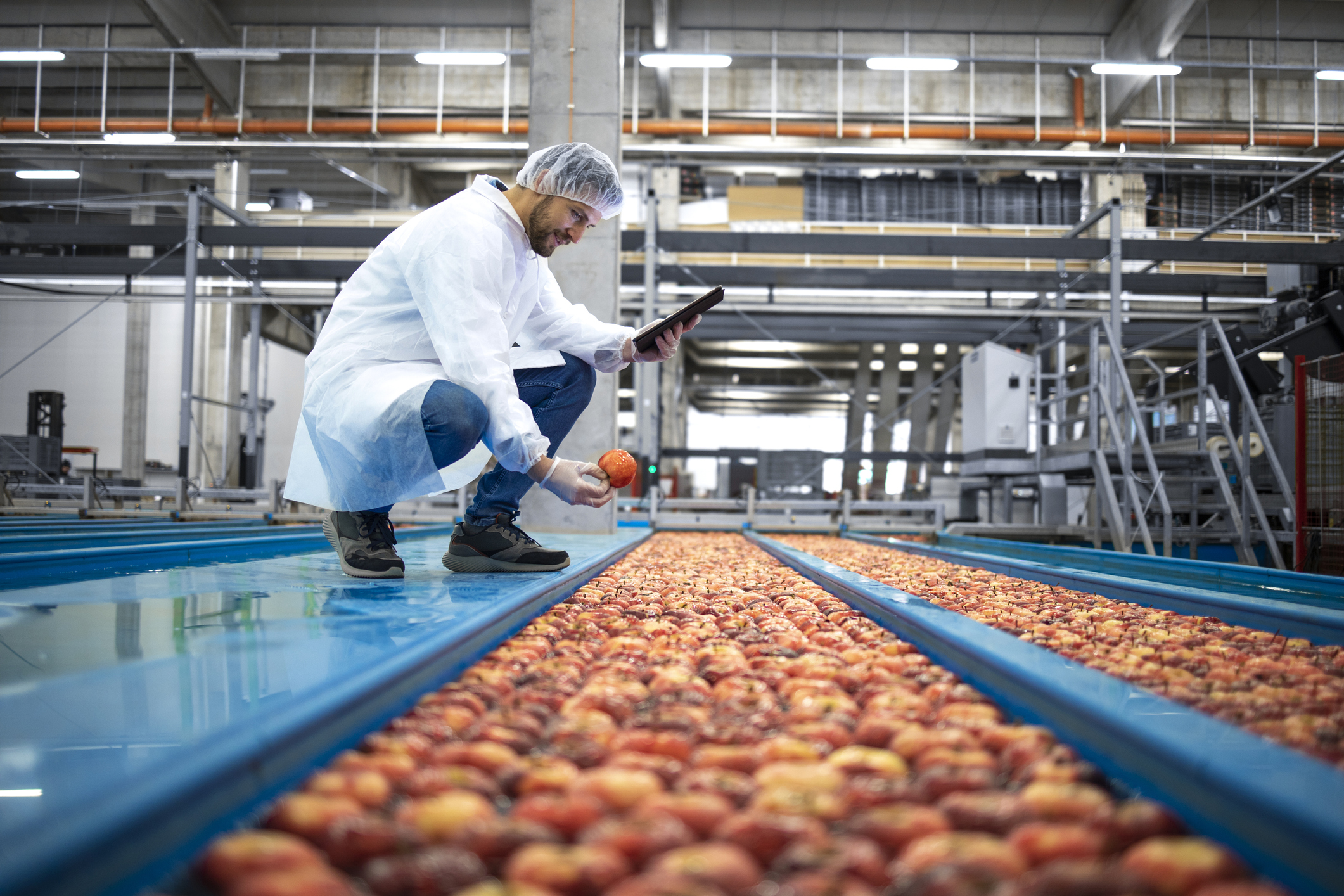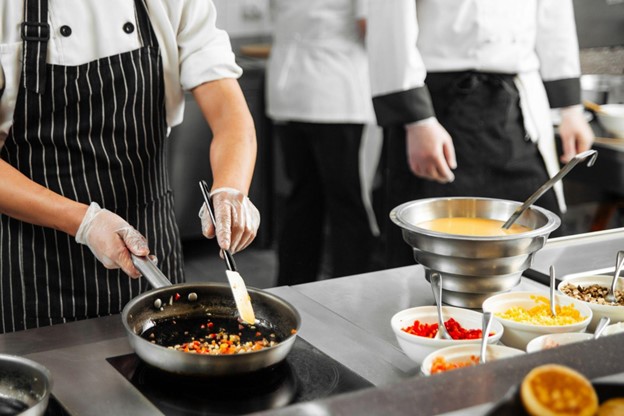ServSafe manager certification is the recognized standard in the foodservice management industry. Since food safety is always a concern for policymakers, standards are continually changing.
In the last decade, there has been a growing demand for higher standards in the food handling and processing industry. According to the WHO, 600 million people (1 in 10 globally) get sick from eating contaminated meat. Read on to discover the new trends in the food industry.
1. Higher Customer Expectations
Restaurants have to contend with higher customer expectations even after the effects of the pandemic. Consumers are demanding better packaging, service, and customer care. It is critical for eateries and food processing plants to get a ServSafe certification.
A ServSafe certification addresses various aspects of food safety. The application of those regulations can be complicated and expensive. Training is necessary for restaurant personnel if they are to apply new methods and technologies.
2. Broader and More Stringent Safety Standards
Regulators assert that there is a need for more encompassing and precise testing standards. For example, experts consider it to be more effective to test pathogen loads than to certify the product.
Additionally, regulators are becoming increasingly aware of new risks. That has led to animal feeding restrictions for meat farmers to limit the pathogen from spreading. It is challenging for suppliers and restaurants to limit exposure to some disease-causing microorganism.
3. Emphasis on Consumer Welfare
It is safe to place emphasis on the welfare of consumers rather than simply certifying a product. For that reason, the focus is shifting to making the supply chain more compliant with regulations. That involves identifying the precise points where hazards could crop up.
ServSafe managers may have to extend their risk analysis to processing practices of producers. The industry’s policymakers refer to the concept as “farm to table.” In some instances, it may involve working with producers in exporting countries to ensure compliance.
4. Higher Levels of Transparency in Regulations
World Trade Organization now requires national governments to explain the rationale of their safety policies. The country’s policymakers have to inform representatives at WTO of their intentions.
The trade factor makes it harder for government policymakers to ignore the implications of food safety standards. National regulators are under pressure to ensure compliance. It is increasingly crucial for restaurants to acquire a ServSafe certification for their staff.
5. Technologies for Traceability and Transparency
Studies have shown that consumers want to learn more about food products. They need access to reliable information as to where and how the food was produced. As such, restaurants and producers have had to implement traceability technologies to uphold transparency.
Self-monitoring and certifications like ServSafe result in a faster supply chain movement. They are more effective than government programs to implement safety. Certifications result in a more lively interaction between players in the food and restaurant industries.
Restaurants and food producers are under pressure to meet new regulations for food handling and processing. Certification is essential for managers and other personnel in the food processing sector. ServSafe certification is a wise step to ensure compliance for your business. If you are looking for ServSafe training and certification, contact TSC Associates today, and we will walk you through our various programs. You can also register for a class online.




